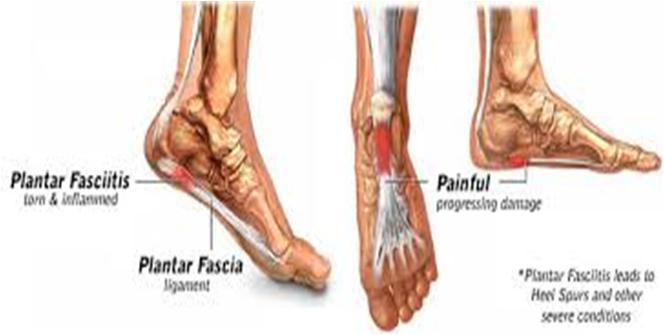 Trigger Point Therapy - Text Neck
Trigger Point Therapy - Text Neck
There's no getting away from it ..... we are all using smart phones and tablets to keep us connected more than ever before
So-called ‘text neck’, is becoming a common description for a range of painful musculoskeletal injuries , and something that is set to grow at a phenomenal rate as a result of our ever increasing use of phones and tablets
A recent report by Facebook showed that close to 80% of people aged between 18 and 44 have their mobile phones with them almost all the time – meaning that they only spend two hours each day (apart from when they are asleep!) without a phone or tablet device in their hands
What do the therapists say
These type of injuries are nothing new. It’s not just phones and tablets that make us look down. Many of us also look down to read or for every day tasks involved in our work activities. The issue that we're facing here is that the use of our phones, especially for constant checking-in for social media, means that we're suddenly looking down more than ever before
“In the past three years we've seen a dramatic rise in the number of young children being brought into our clinics with severe neck and shoulder pain. This is really something new. 10 years ago, children under the age of 14 accounted for a tiny proportion of our patients. This number has risen exponentially over the last 2-3 years
"Text neck" is particularly concerning when it affects young people as growing children are likely to be at risk of permanent damage that could lead to lifelong problems with their necks,
backs and shoulders
Other studies have also suggested that "text neck" may even lead to the early onset of arthritis in the neck
What are the symptoms and common signs of "text neck
"Text neck" typically causes chronic, nagging pain in the upper back and neck, severe upper back muscle spasms, as well as shoulder pain and tightness. In some cases young children suffer painful shoulder muscle spasms and pain radiating down the arms and into the hands
So what to do about "text neck
Just about all healthcare professionals agree that prevention is the key. Simply by controlling and reducing the amount of time that we look down at our phones and tablets, will undoubtedly reduce the incidence of "text neck
Wherever possible we should be trying to hold our phones at eye level to prevent us bending our heads forward, just as we have learned to do with computer screens and laptops
We should also be re-training ourselves to take regular breaks from our phones and tablets. The concern however, is that whilst we may be able to get this message through to adults, it's a seemingly impossible task to get children and young people to understand the dangers without a massive educational effort
Trigger Points and "text neck"
There is an undeniable connection between trigger points and "text neck". These are all the same trigger point issues that we've been seeing in postural issues for decades. The major difference here, is that these trigger points are forming in young people which is definitely a modern phenomena
The good news is that treating these trigger points, especially in the young, can have a fast and profound effect on the painful symptoms. Taking your child to see a therapist for treatment is also an opportunity for the child to receive some education from the therapist visit, and some sound advice on changing habits
Remember of course, that "text neck" is not restricted to young people only. If you work your way through your 20's, 30's, and 40's continually looking down at your phone to check your email and social media pages, you will undoubtedly be increasing the risk of developing some nasty trigger points in your postural muscles. left untreated, these may increase your risk of longer term and more serious injury further down the road







